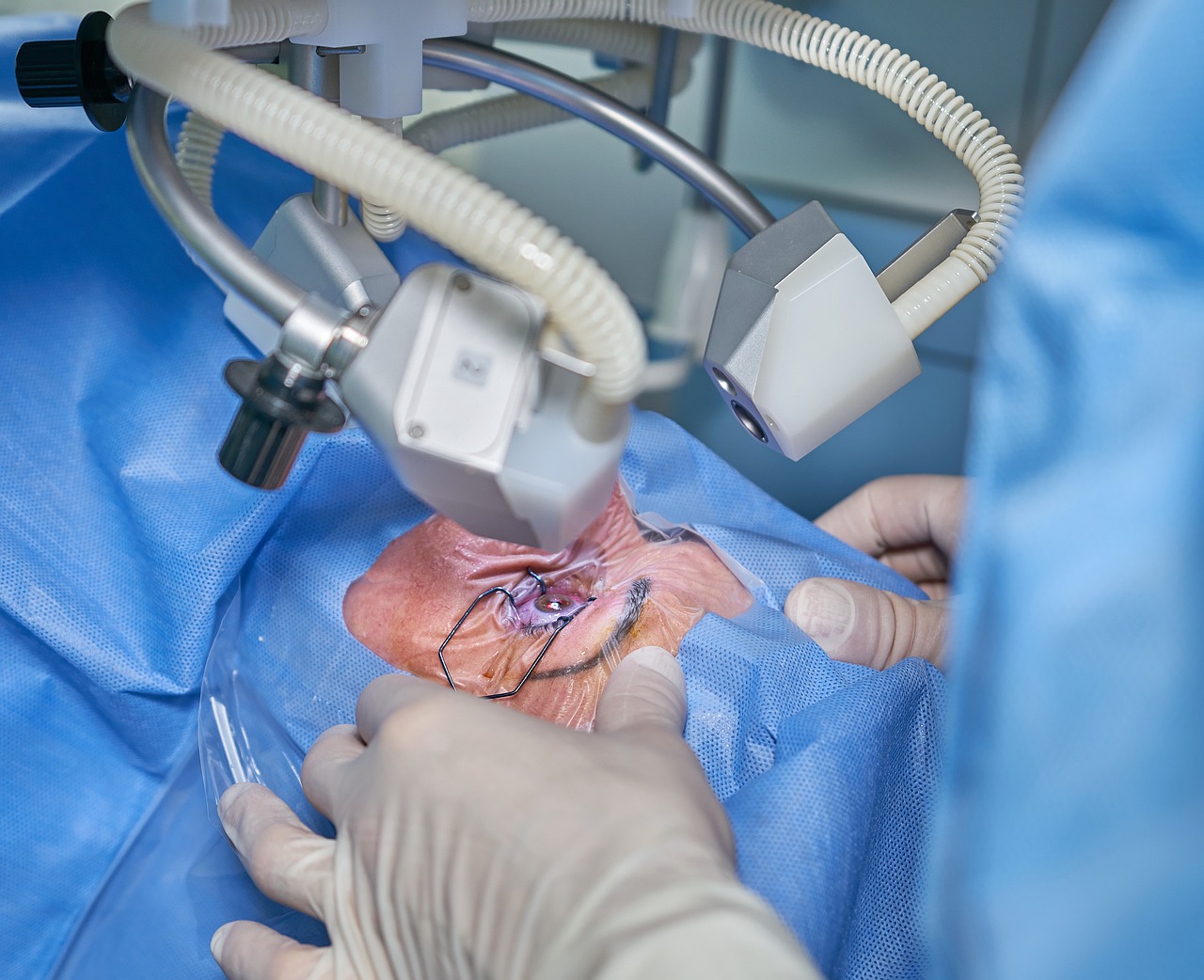Share this article with your network of friends!
As seniors gracefully embrace their golden years, it’s essential to prioritize eye health to maintain an active and fulfilling lifestyle. Cataracts, a common age-related vision condition, can cloud the lens of the eye, affecting vision and hindering daily activities. In this article, we will delve into cataracts, their causes, symptoms, and available treatment options, empowering seniors to make informed decisions about their eye health.
1. What are Cataracts?
Cataracts refer to the clouding of the eye’s natural lens, which is responsible for focusing light on the retina, enabling clear vision. As we age, proteins in the lens can clump together, forming cloudy areas that obstruct light, leading to blurred or hazy vision. Over time, cataracts may worsen, impacting the ability to see colors vividly and affecting night vision.
2. Common Causes:
While aging is the primary cause of cataracts, other factors can contribute to their development. Prolonged exposure to ultraviolet (UV) rays, smoking, diabetes, eye injuries, and certain medications may increase the risk of developing cataracts. Understanding these risk factors can help seniors take preventative measures to protect their eyesight.
3. Recognizing Symptoms:
In the early stages, cataracts may have minimal impact on vision, making them challenging to notice. As they progress, seniors may experience symptoms such as cloudy or blurred vision, sensitivity to light, difficulty seeing at night, double vision in one eye, or frequent changes in eyeglass prescriptions. If any of these symptoms occur, it’s crucial to seek prompt medical attention.
4. Regular Eye Exams:
Routine eye exams are essential for detecting cataracts and other age-related vision conditions early on. Seniors should schedule comprehensive eye check-ups with their eye care professional at least once a year. Timely detection allows for timely intervention and better management of cataract-related vision changes.
5. Treatment Options:
When cataracts begin to significantly affect vision and daily activities, surgery becomes a viable option. Cataract surgery is a common and safe procedure, during which the cloudy lens is replaced with an artificial intraocular lens (IOL). The surgery is typically quick, minimally invasive, and can significantly improve vision, restoring clarity and color perception.
6. Preventative Measures:
Although cataracts are a natural part of the aging process, seniors can take proactive steps to reduce their risk and maintain healthy eyesight. Wearing sunglasses with UV protection, maintaining a balanced diet rich in antioxidants and vitamins, quitting smoking, and protecting the eyes from injury are all essential measures that can promote eye health and potentially delay the development of cataracts.
As seniors embark on their journey through their golden years, prioritizing eye health becomes increasingly important. Cataracts, a common vision condition among older adults, need not be a barrier to an active and fulfilling lifestyle. Understanding the causes, recognizing symptoms, and taking preventative measures can help seniors maintain their vision clarity for years to come. Regular eye exams and prompt medical attention when needed are crucial in ensuring early detection and timely management of cataracts. By staying proactive about eye health, seniors can see clearly and confidently embrace all the beautiful moments that life has to offer.
DISCLAIMER: This website contains articles for informational and entertainment purposes only. No articles on this website should be considered as professional advice for any medical, legal, or financial matter. Advertisements and content may contain affiliate links, where the website earns a commission for sales derived from our users.






[…] Eye strain, also known as digital eye strain or computer vision syndrome, is a common discomfort experienced by many individuals, especially those who spend extended periods looking at screens. Symptoms can include dry eyes, blurred vision, headaches, and sensitivity to light. Seniors are particularly susceptible due to changes in vision that come with age. […]